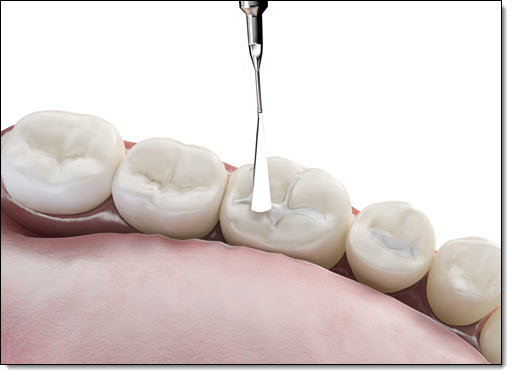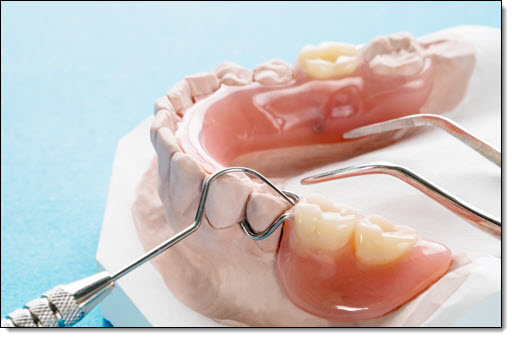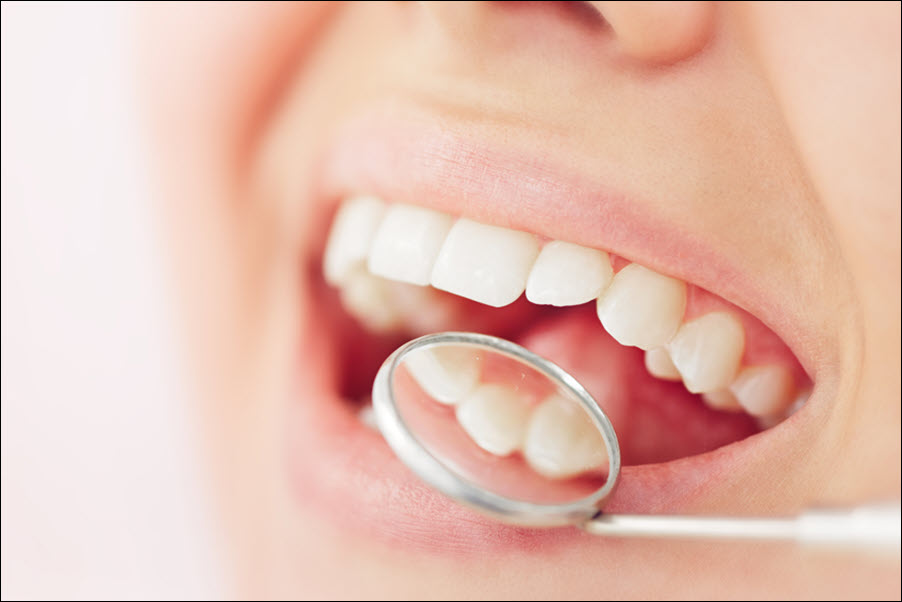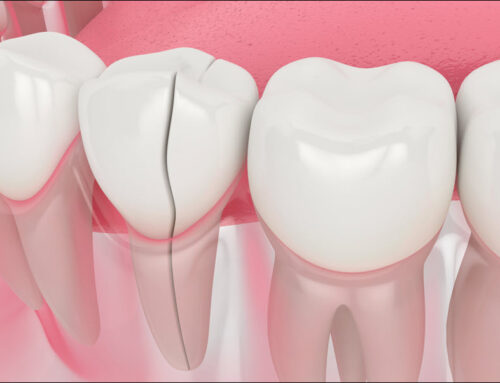Dental restorations—from fillings and crowns to implants—play a vital role in maintaining oral health. Patients often ask how long these treatments last. The answer depends on the type of restoration, oral hygiene habits, and overall health. By understanding longevity expectations, patients can protect their investment and enjoy long-lasting results.
Fillings and Their Lifespan
 Composite fillings, commonly used today, last about 7–10 years. Amalgam fillings may last slightly longer, up to 15 years, but are less aesthetic. Fillings endure daily chewing forces and wear gradually over time. Good oral hygiene, avoiding hard foods, and regular checkups extend their lifespan. Patients should expect eventual replacement but can maximize durability with consistent care.
Composite fillings, commonly used today, last about 7–10 years. Amalgam fillings may last slightly longer, up to 15 years, but are less aesthetic. Fillings endure daily chewing forces and wear gradually over time. Good oral hygiene, avoiding hard foods, and regular checkups extend their lifespan. Patients should expect eventual replacement but can maximize durability with consistent care.
Crowns and Bridges
Crowns typically last 10–15 years, though some last 20 years or more with proper maintenance. Bridges share similar longevity but may require earlier replacement if supporting teeth weaken. Patients should avoid chewing ice or using teeth as tools to prevent fractures. Regular dental visits allow early detection of small issues, preserving restoration life.
Dentures and Their Durability
 Partial and full dentures usually last 5–10 years. Over time, the mouth changes shape, requiring adjustments or replacements. Dentures may also wear down with daily use. Proper cleaning and handling extend their usefulness. Implant-supported dentures typically last longer due to greater stability. Patients should schedule routine evaluations to maintain fit and comfort.
Partial and full dentures usually last 5–10 years. Over time, the mouth changes shape, requiring adjustments or replacements. Dentures may also wear down with daily use. Proper cleaning and handling extend their usefulness. Implant-supported dentures typically last longer due to greater stability. Patients should schedule routine evaluations to maintain fit and comfort.
Dental Implants: A Long-Term Solution
Implants are the most durable option, often lasting a lifetime. With strong osseointegration and good oral hygiene, implants rarely fail. Crowns or bridges attached to implants may need replacement after 10–15 years, but the implant post itself remains secure. Patients must commit to thorough cleaning and avoiding habits like smoking for best results.
The lifespan of dental restorations varies, but proper care significantly extends durability. From fillings to implants, consistent hygiene and professional maintenance protect both health and investment. Patients who care for their restorations enjoy strong, healthy smiles for decades.


